The L-type calcium channel blocker, isradipine, attenuates cue-induced cocaine-seeking by enhancing dopaminergic activity in the ventral tegmental area to nucleus accumbens pathway
- PMID: 29773910
- PMCID: PMC6180103
- DOI: 10.1038/s41386-018-0080-2
The L-type calcium channel blocker, isradipine, attenuates cue-induced cocaine-seeking by enhancing dopaminergic activity in the ventral tegmental area to nucleus accumbens pathway
Abstract
Previous preclinical and clinical investigations have focused on the L-type calcium channel (LTCC) as a potential therapeutic target for substance abuse. While some clinical studies have examined the ability of LTCC blockers to alter cocaine's subjective effects, very few LTCC studies have examined cocaine relapse. Here, we examined whether ventral tegmental area (VTA)-specific or systemic administration of the LTCC inhibitor, isradipine, altered cocaine-seeking behavior in a rat model. Male Sprague-Dawley rats first received 10 days of cocaine self-administration training (2 h sessions), where active lever depression resulted in delivery of a ∼0.5 mg/kg cocaine infusion paired with a tone + light cue. Rats then underwent 10 days of forced abstinence, without access to cocaine or cocaine cues. Rats were then returned to the opertant chamber for the cue-induced cocaine-seeking test, where active lever depression in the original training context resulted in tone + light cue presentation. We found VTA specific or systemic isradipine administration robustly attenuated cocaine-seeking, without altering cocaine-taking nor natural reward seeking. Dopamine (DA) signaling in the nucleus accumbens (NAc) core is necessary and sufficient for cue-induced drug-seeking. Surprisingly in our study, isradipine enhanced tonic and phasic DA signaling in cocaine abstinent rats, with no change in sucrose abstinent nor naïve rats. Strikingly, isradipine's behavioral effects were dependent upon NAc core DA receptor activation. Together, our findings reveal a novel mechanism by which the FDA-approved drug, isradipine, could act to decrease cocaine relapse.
Conflict of interest statement
The authors declare no conflict of interests.
Figures
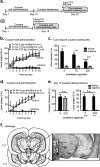
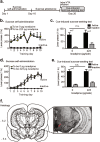
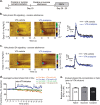

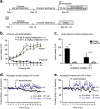
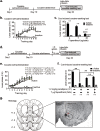
Comment in
-
Harmony and heresy of an L-type calcium channel inhibitor: suppression of cocaine seeking via increased dopamine transmission in the nucleus accumbens.Neuropsychopharmacology. 2018 Nov;43(12):2335-2336. doi: 10.1038/s41386-018-0116-7. Epub 2018 Jun 9. Neuropsychopharmacology. 2018. PMID: 29946105 Free PMC article. No abstract available.
References
-
- Rohsenow DJ, Niaura RS, Childress AR, Abrams DB, Monti PM. Cue reactivity in addictive behaviors: theoretical and treatment implications. Int J Addict. 1990;25(7A-8A):957–93. - PubMed
-
- Martinez-Rivera A, Hao J, Tropea TF, Giordano TP, Kosovsky M, Lee A, et al. Enhancing VTA Cav1.3 L-type Ca2+channel activity promotes cocaine and mood -related behaviors via overlapping AMPA receptor mechanisms in the nucleus accumbens. Mol Psychiatry. 2017;22:1735–45. doi: 10.1038/mp.2017.9. - DOI - PMC - PubMed
Publication types
MeSH terms
Substances
Grants and funding
LinkOut - more resources
Full Text Sources
Other Literature Sources

